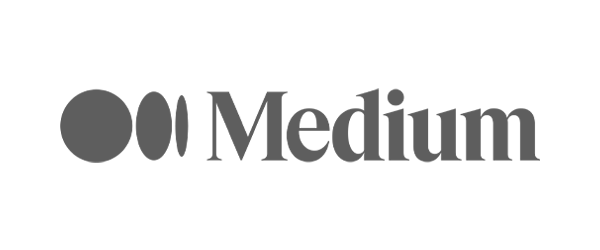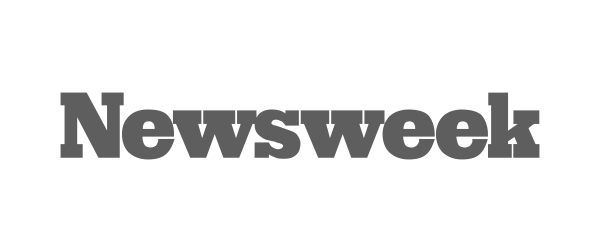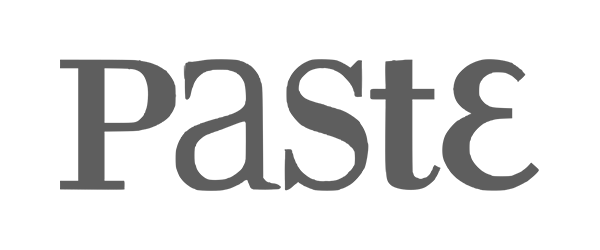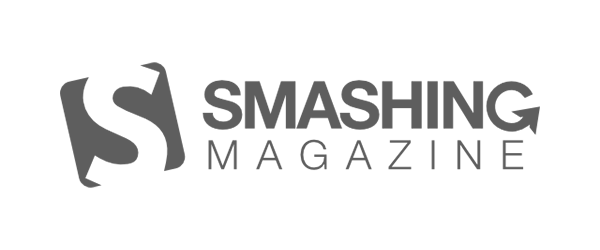Articles.
From time to time, I write about design issues in a variety of publications, including Newsweek, Smashing Magazine, and on Medium. I’ve also been known to write novels and about pop culture and history, but that’s another site.
Some of my most recent articles include:
“Burn the ships” with JD Jordan.
OR, A Q&A with metro atlanta’s favorite experience-design leader
JD recently had the opportunity to appear on MG Group's "Burn The Ships" podcast and chat about Sharpen's approach to product design and his view that politics and entrepreneurship share many of the same struggles when tackling "big ideas."
JD discussed his journey from creating real estate flyers to founding a product design agency, Sharpen Partners. He highlighted the importance of prioritizing usability when bringing products to market, emphasizing the significance of innovative design over mere functionality in business and in government. He also talks about common pitfalls in tech startups and the need to balance business strategy with design thinking. And, of course, JD shared his perspective on the metaphor of "burning the ship" as a mindset of wholehearted commitment to business ventures.
A founder’s affinity for Post-its.
OR, Loving l’il sticky notes isn’t required to design a great product. But it doesn’t hurt
A few days ago, the co-founder of a staffing startup called and asked me what, on the surface, seems like a simple enough question: “How do you do that affinity mapping thing you do?”
Oh, sure. Is that all?
JD Jordan talks about how to “UX your life” at CX Forums.
Or, Empowering CX professionals to design their lives & careers with experience-design tools & techniques.
A few weeks ago, Sharpen's co-founder JD Jordan was invited to speak at CX Forums Atlanta about how he and his wife have used design-thinking principles to redesign their careers, their lives, and their family
The key to success isn’t prioritizing your schedule. It’s scheduling your priorities.
OR, HOW TO GET THE NEW YEAR OFF TO A KILLER START WITHOUT A GYM MEMBERSHIP
Most of us struggle every day (or in even smaller units of time) to figure out the most important thing we need to do. We take inventories of what people expect from us, of what we’ve promised to do for others, or of what feels like needs tackling right away. Then we prioritize our schedules around these needs. But how do we prioritize a whole year‽
Inside the Experience Transformation process.
or, it’s no longer enough to improve your user experience. It’s time to transform it.
Experience Transformation is Sharpen’s tested and repeatable process for elevating both the user’s experience and the business’ results through the rigorous application of design-thinking principles and an omnichannel approach to tactical execution.
It’s pretty cool.
Crush your design challenges with a Unicorn Invasion.
Or, how to transform any project in just five days with our unique design sprint.
Sharpen’s Unicorn Invasion isn’t staff augmentation or a run-of-the-mill contract assignment. It’s a design-thinking A-team dedicated to you and your specific challenge. Our team of veteran creatives join your squad for a one-week design sprint, leveling-up both your project and your team with a mixture of business analysis and user research all the way to information architecture and high-fidelity visual design.
Innovating on the business of innovation.
Or, Introducing Sharpen Partners.
As Marcus Aurelius said, “Change is Nature’s delight.” And for me, it’s time for a change.
Today, I’m thrilled to announce the formation of Sharpen Partners—an omnichannel experience-design agency whose nimble and diverse team of veteran creatives use empathy and design-thinking to create exceptional solutions for real problems.
UX your life.
or, applying the user-centered process to your life (and stuff).
The defining characteristic of UX design is its focus on user research and on an iterative, user-centered, approach to creating solutions. But what if we applied the user-centered design process to ourselves, our lives, and our careers?
The following originally appeared in Smashing Magazine in June 6, 2018. What follows is an iterative update, but the lessons and process herein remain in use.
A mindful standup.
or, a defense of making gratitudes part of your daily status meetings.
What’s one thing you’re grateful for, today?
We answer this gratitude question every day during our daily standup. And this mindful habit has profoundly impacted our individual mental health and how we interact with one another.
A 411 on the WFH.
or, three steps to keep your sh*t together while getting sh*t done in your PJs.
We didn’t know we’d be working from home this long! So, as weeks turn into months, it’s time to put some best practices into effect to preserve our productivity and our sanity. Working from home wisely isn’t difficult. It just requires discipline and introspection.
Here are a few tips to help you optimize your WFH experience…
Covid's law.
or, remote accessibility is good for users and for businesses in good times and pandemics.
Given the seismic shift Coronavirus and Covid-19 have forced on the way we live and work, I’d like to suggest a new law (in addition to Murphy’s law, Newton’s laws, Hick–Hyman's law, etc). One that deals with the current crisis but which also speaks to long-unsolved user pain points: Covid’s law.
Covid’s law: Anything that can be done remotely should be done remotely.
Now is the right time to recommit to a culture of innovation.
or, four techniques and one tip to help you transform your business into one that’s more productive, profitable, and rewarding.
The pandemic is a good time for business people and creatives of all stripes to consider a healthy retrospective and recommit ourselves to being innovative. How? At MaxMedia, we performed an agency-wide retrospective at the end of 2019 with an eye toward how we can continue to foster a productive, profitable, and rewarding environment for our team and for our clients. What we identified in ourselves are a few techniques anyone can use to improve how they think through and deliver innovative solutions.
“This is no unsolvable problem if we face it wisely and courageously.”
or, how embracing risk in times of crisis can transform uncertainty into innovation and growth for you and your business.
I don’t think this is being said enough: This crisis will end. All crises do. So, let’s reframe the current health and economic crises. And how we get to the other side. Because no one ever climbed a mountain in one step and no one will navigate this crisis by doing just one thing.
A free quarantine sign for lovers of typography and iconography.
or, if you’re stuck in quarantine, you might as well let people know in style.
As a creative professional, I reckon’d the very least I could do with my time under locked down was to make something we can all use. To protect each other and to protect the healthcare and logistics heroes who will take care of us, bring us food, supplies, and anything else we didn’t prepare for.
Industries that thrived during the Great Depression.
or, this has all happened before and it will all happen again.
Watching the chaos Covid-19 wreaks on the economy, our public social and healthcare infrastructures, and my house (the kids have been home for SIX DAYS, OMG!), it’s hard not to think about the greatest analogous disruption of American and global life. No, not the 2008 financial crisis—though that certainly shook up many a career and perhaps an entire generation’s ability to own a home. I mean the transcendent modern crisis, The Great Depression.
Sharpen your d*mn axe.
or, how I learned to stop creating discovery artifacts and to love research deliverables.
Most design books and conference talks take an internal-team, product-focused approach to talking about design research. An artifact-centric approach. “We have so much time and so much money and so many people and all the leadership committed to design thinking and customer experience. Let’s do all the things! Yay!”
That’s bullsh*t.
Whom Simon Senik left out.
OR, WHY STARTING WITH WHY IS THE BOMB BUT ENDING WITH WHOM IS EVEN BOMBIER
Simon Sinek's Golden Circle is a powerful tool for innovation and building trust. But it falls short of completing the circuit between the person who does and the person it's done for.
I’m an artist but not the starving kind.
or, why teaching creative business is more than just good business
“I could get an art student to do it for $35 and a six-pack.” I remember the first time a prospective client said that to try to intimidate me into accepting dramatically reduced fees for Website design services. I was newly self-employed and hungry for work, so I conceded. I delivered a great Web site, but I hated my client for making me work for so little — and myself for not knowing how to get what I deserved.
The following originally appeared as a Newsweek op-ed on September 19, 2005. It’s just as true today as it was then. And I’m not too happy about it.
The case for design thinking.
or, why do 80% of firms say they deliver “superior experiences” when only 8% of users agree.
There’s a gap there…
Even after all these years and everything we’ve learned about design-led business and design-led products, prospective clients still ask, why does design thinking and the design process matter. This is what I tell ‘em…
How to get sh*t done.
or, practical advice—not vague bullsh*t—about pursuing your dreams and stuff.
I’m lucky. Every day I get to work with people who’ve figured out how to pursue their dreams. How to make a big change or level up their talents or scratch their most existential itch.
And what I’ve found over years of working with and teaching creative people is that going after your dreams isn’t that hard. Not in principle, anyway (I’ll get to that). Which begs the question why more of us don’t do it when there’s something deep within us itching to get out and (eventually) pay the bills.























